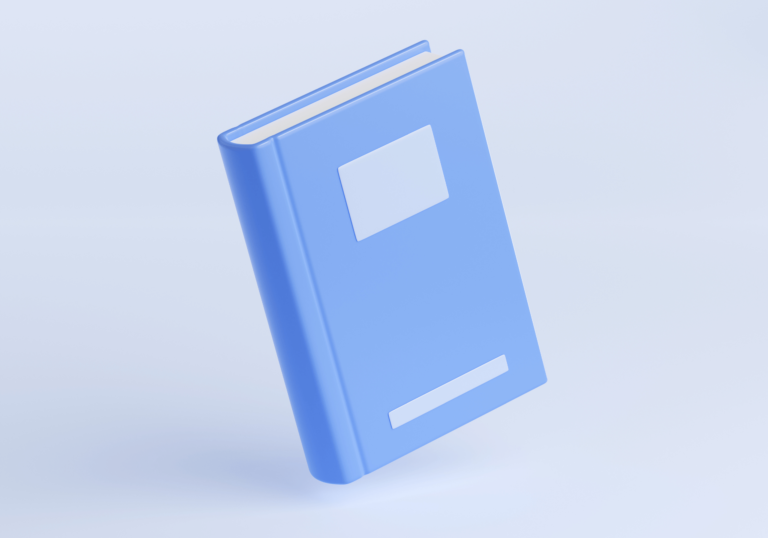Transition Words to Start a Paragraph | Full List
Imagine your writing as a river. Smooth, seamless transitions from one idea to the next are what keep this river flowing, engaging readers with every turn. This fluid journey is powered by something surprisingly simple yet transformative: transition words. These linguistic keys unlock the flow of thought, turning choppy sentences into a coherent, compelling narrative.
Why are transition words so crucial? In the realm of academic essays, storytelling, and all forms of written communication, they’re the threads that weave individual ideas into a rich tapestry of argument and narrative. Without them, writing feels disjointed, difficult to follow.
For example, many professional Essay Writing Services emphasize the critical role of transition words in crafting well-structured, persuasive essays.
This article is your map to mastering these vital elements. We’ll explore the vast landscape of transition words, from the basics to advanced connectors, categorized for easy understanding and use. Embark on this journey with us to refine your writing, ensuring it captivates and flows with the grace of a well-guided river.
What Are Transition Words?
Transition words are those special words and phrases designed to link your ideas together smoothly, guiding your readers from one thought to another. They serve as bridges, ensuring your writing flows naturally and logically. For instance, words like “however,” “moreover,” and “therefore” signal to your readers that you’re either contrasting an earlier idea, adding to it, or concluding from it. Consider the difference in clarity between these two versions of a text:
- Without Transition Words: “Many argue that climate change is a hoax. There is overwhelming scientific evidence to the contrary.”
- With Transition Words: “Many argue that climate change is a hoax. However, there is overwhelming scientific evidence to the contrary.”
The use of “however” smoothly transitions the reader from one contrasting viewpoint to another, enhancing understanding and flow.
Types of Transitions
Transition words can be categorized into several types based on the relationship they signal between ideas. Here’s a brief overview:
- Additive Transitions: These words add information or ideas. Examples include “furthermore,” “moreover,” and “in addition.” They help in building up arguments or adding to the discussion.
- Contrastive Transitions: Words like “however,” “on the contrary,” and “nevertheless” indicate a contrast or disagreement between ideas. They are crucial for presenting alternate viewpoints or counterarguments.
- Causal Transitions: These transitions indicate cause-and-effect relationships. Words such as “therefore,” “thus,” and “as a result” are used to show the outcome of a situation.
- Temporal Transitions: When you need to sequence events or indicate timing, temporal transitions like “firstly,” “subsequently,” and “finally” are your go-to choices.
- Exemplification Transitions: To introduce examples or illustrate a point, words like “for instance,” “in particular,” and “such as” are incredibly useful.
When to Use Transition Words?
Understanding when to use transition words is just as important as knowing which ones to use. Here’s when they become particularly important:
- At the Beginning of Paragraphs: Starting a paragraph with a transition word can signal a shift in focus or introduce a new line of thinking. It’s like telling your reader, “Now, let’s take a turn.”
- Between Ideas: Within paragraphs, transitions help weave your sentences together, making your argument or narrative stronger and more coherent.
- To Indicate Shifts: Whether it’s a change in time, a move from a general to a specific point, or a logical progression of thought, transition words guide your reader through your writing seamlessly, preventing any confusion or abruptness.
Incorporating transition words thoughtfully enhances the readability and persuasiveness of your writing. It encourages a deeper engagement with your text, allowing your readers to follow along with your ideas effortlessly. If you’re writing a persuasive argument, don’t hesitate to explore Argumentative essay writing services to help structure your points effectively and ensure your transitions reinforce your overall thesis.
List of Transition Words to Start a Paragraph
Addition
- Furthermore
- Moreover
- Additionally
- In addition
- In addition to
- Not only… but also
Contrast/Comparison
- However
- On the contrary
- Nevertheless
- On the other hand
- Conversely
- In contrast
- Similarly
- Likewise
- Just as
- In the same way
Cause and Effect
- Therefore
- Consequently
- As a result
- Thus
Sequence/Order
- Firstly/First
- Subsequently
- Lastly
- Previously
- Meanwhile
- Thereafter
Example/Illustration
- For instance
- In particular
- Such as
- For example
- To illustrate
- Specifically
Emphasis
- Indeed
- In fact
- Importantly
- Particularly
Conclusion/Summary
- In conclusion
- To summarize
- Ultimately
- To conclude
- In summary
Clarification/Explanation
- That is to say
- In other words
- To clarify
- To explain
How to Use Transition Words to Start a Paragraph Correctly
Transition words are invaluable in crafting seamless and engaging writing, guiding your readers through your narrative or argument. However, their misuse can lead to confusion or a disjointed reading experience. Here are tips on using transition words effectively, ensuring your writing remains clear and compelling.
Selecting the Appropriate Transition Word
- Understand the Relationship: First, identify the relationship between the ideas or sections you want to connect. Are you adding information, showing contrast, illustrating a point, or demonstrating cause and effect? Selecting the correct type of transition word is crucial to accurately convey the relationship.
- Consider the Tone and Flow: The transition word should match the tone of your writing and maintain the flow of ideas. Formal writing may require different transitions than informal writing or creative storytelling.
- Use Variety Wisely: While it’s important to vary your transition words to keep your writing interesting, make sure the words you choose still accurately reflect the relationships between ideas.
Avoiding Repetition and Overuse
- Be Concise: Use transition words sparingly and only when they add clarity or meaning to your writing. Unnecessary transitions can distract the reader and make your text feel overwrought.
- Repetition is Not Always Key: Repeating the same transition word can become monotonous and may detract from your writing’s impact. Instead, use a variety of transitions that still align with the idea you’re conveying.
- Read Aloud: To catch overuse or repetitive use of transition words, read your work aloud. This can help you notice if the flow feels natural or if certain transitions are overused or unnecessary.
Tips for Practicing Transition Words
Mastering the use of transition words is key to elevating one’s writing from simple statements to a nuanced and persuasive narrative. Here are some practical exercises and activities designed to help students incorporate transition words into their writing more naturally and to recognize their power in texts by experienced writers.
Writing Exercises and Activities
- Paragraph Rewrite: Take a paragraph from a recent essay or assignment and remove all beginning transition words. Then, rewrite the paragraph, adding different transition words and phrases that enhance the flow of ideas. This exercise encourages experimentation with various transitions to see their effect on the coherence of the text.
- Transition Word Challenge: Assign a writing prompt and challenge students to use a specific number of different transition words in their response. This can be a fun way to encourage the use of varied transitions and to push students to think creatively about how they connect their ideas.
- Sentence Starters: Provide students with a list of transition words and phrases. Ask them to write sentences starting with each transition, focusing on different relationships between ideas (contrast, addition, cause and effect, etc.). This exercise helps students think about how transitions guide the direction of their thoughts and arguments.
- Peer Review with a Twist: During peer review sessions, ask students to specifically focus on the use of transition words in each other’s writing. They can suggest alternative transitions or spots where a transition could enhance clarity or flow.
Identifying Transition Words in Reading Materials
- Transition Word Hunt: While reading a piece of professional writing (articles, essays, book chapters), students highlight or note down the transition words and phrases they find. Discuss as a class or in groups the purpose of these transitions and how they contribute to the overall effectiveness of the writing.
- Comparative Reading: Provide two versions of a text, one with transition words and one without (or with fewer transitions). Ask students to compare the readability and coherence of the two texts. This activity can highlight the impact of well-placed transitions on the clarity and persuasiveness of an argument.
- Creating a Transition Word Journal: Encourage students to keep a journal or list of transition words and phrases they encounter in their reading, along with examples of how they are used. This practice not only builds their vocabulary but also helps them see the variety and versatility of transition words in different contexts.
Final Words About Beginning Paragraph Transition Words
In this article, we’ve explored the significance of transition words, the different types available, and the nuances of their use to enhance writing clarity and engagement. These linguistic bridges are essential for guiding readers through your narrative or argument seamlessly.
I encourage you to experiment with various transition words in your writing projects. Practice is key to mastering their use and improving your writing’s flow. For further study, resources like the Purdue OWL provide excellent guides on transitions and other writing skills. Embrace the journey of refining your writing, one transition at a time.

Nicole Hardy
Article Author
Nicole Hardy is renowned in the fields of education and the arts journalism, particularly known for her detailed and insightful reporting on performing arts education. With a career spanning over a decade, she has established herself as a respected authority in this area. Hardy’s work is recognized for its in-depth analysis and engaging writing style. She holds a Master’s degree in Journalism from the University of Arts, specializing in arts and culture journalism.



